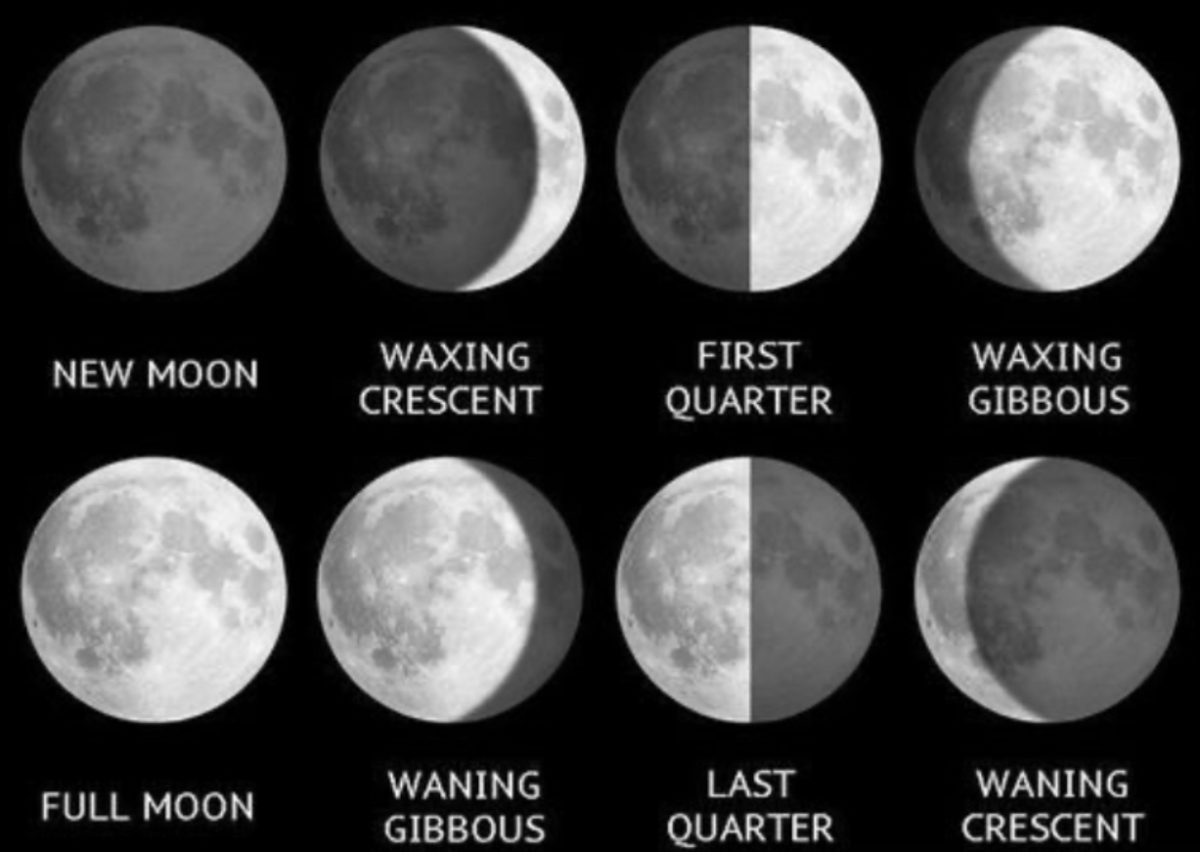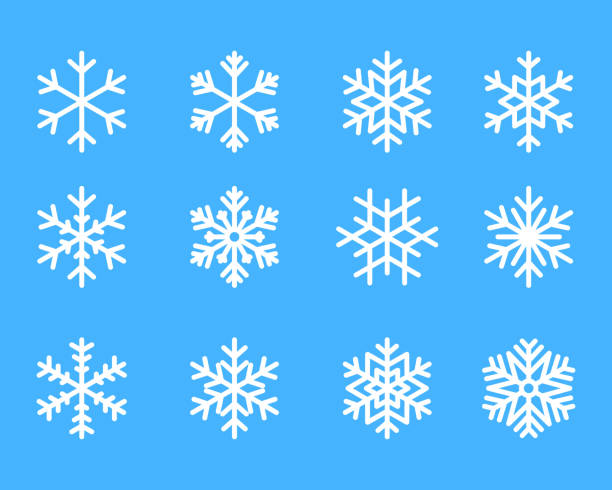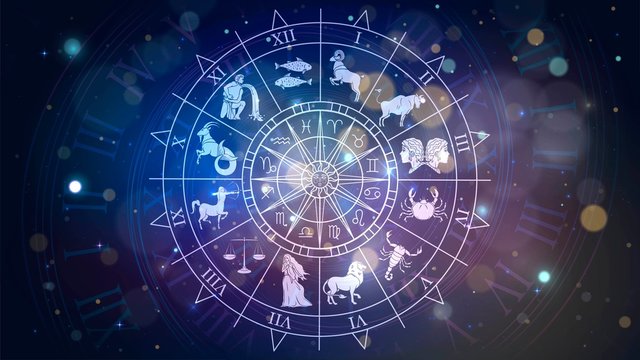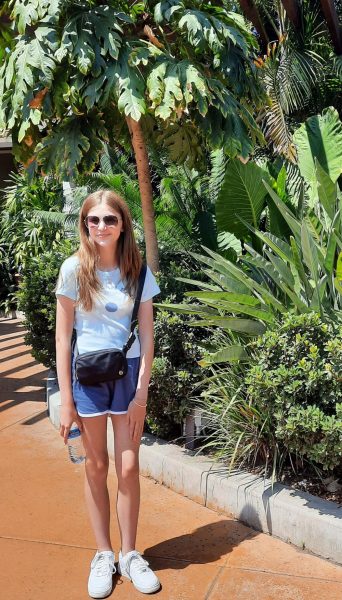New Moon: The new moon is also known as the invisible phase of the Moon, which is the first phase. This is when the illuminated side of the moon faces the Sun as the night side faces the Earth. This occurs when the orbit of the Moon moves in between Earth and the Sun. To complete a full orbit around Earth, the Moon takes 27 days, 7 hours, and 43 minutes to do this.
Waxing Crescent: The waxing crescent phase only occurs once a month. This is the second phase in the cycle as well. This phase happens when the Moon makes a shape of a crescent. Daily, it grows as the Moon’s orbit carries the Moon’s dayside farther into view. The Moon rises a bit later every day from this.
First Quarter: The first quarter phase happens when the moon rises around noon and sets around midnight. This phase is also known as the Half Moon because only half the moon is visible. In the third phase, the Moon has completed ¼ of its orbit around Earth.
Waxing Gibbous: The waxing gibbous occurs once a month and is also the fourth phase. This is when the Moon ascends in the east and the sun descends in the west. The word “waxing” comes from and Old English word “weaxen”. It means to grow or increase.
Full Moon: The full moon appears in the sky as a complete circle when the Sun and Moon are lined up on opposite sides of Earth. It is also the fifth phase. During the night, other celestial objects, including stars and planets, are harder to observe because of the Moon’s glare as well.
Waning Gibbous: The waning gibbous is the sixth phase of the cycle. The word “waning” means to get smaller. The opposite side of the Moon reflects the Moon’s light. A waning gibbous moon rises later at night than a full moon. It continues to rise later and later each night.
Last Quarter: The last quarter moon is the seventh phase. It looks as if it is half illuminated from the perspective of Earth. It rises around midnight and sets around noon. Lastly, the Moon is almost back to the point of its orbit.
Waning Crescent: The waning crescent is named this because it’s shrinking and getting smaller. It usually rises after midnight. You can also still see it in the morning before it sets in the afternoon. The Moon’s surface reflects the Sun’s rays. Finally, this is the eighth moon phase. The cycle repeats once a month, which is every 29.5 days.
Sources accessed: https://www.lpi.usra.edu/education/skytellers/moon-phases/#:~:text=We%20have%20a%20“new%20Moon,is%20facing%20away%20from%20Earth.
https://moon.nasa.gov/moon-in-motion/phases-eclipses-supermoons/moon-phases/














